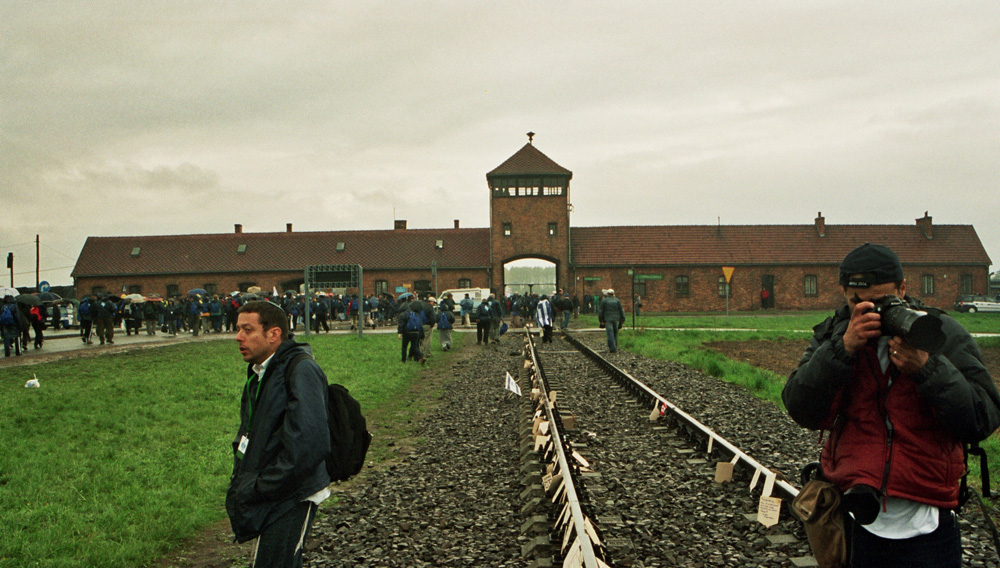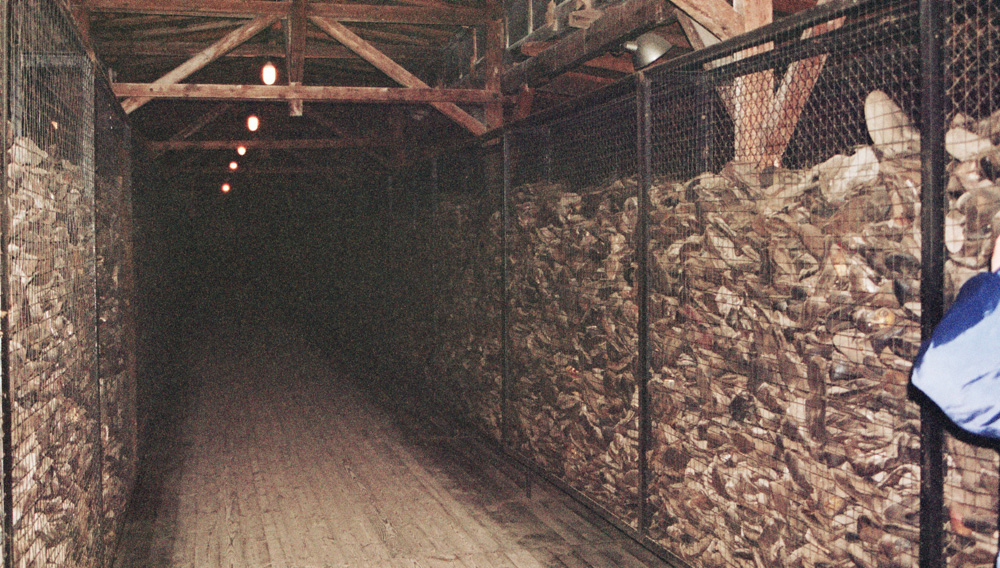
Some scientific developments during the early twentieth century through the eyes of Lise Meitner is worthy of comment. Lise Meitner was a physicist credited with discovering that nuclear “fission” occurs when a naturally radioactive uranium nucleus splits into two smaller parts, releasing energy. It is a summary of a longer article published on the “Cranky Ladies of History Blog Tour”.
Australians and New Zealanders were among the amazingly brilliant scientists of this time. Doing a PhD (doctorate) was not possible in Australia until after the war, so scientists committed to research needed to go overseas. Many gained prestigious positions in Europe and North America and; I will mention a few, look out for them.
But back in Vienna in 1899, girls were first permitted to enter the University. Lise Meitner was an intelligent young woman from an educated family with “means”. At age eight, she had slept with a maths book under her pillow, but there had been no schooling available after she was fourteen. Now she could continue, so she and several other young women obtained private tutoring to enable them to sit the entrance exam for the University of Vienna in 1901. (Her sister had started in 1900 as a medical student.) Lise graduated as the first woman PhD in physics in 1906.
What made these women in those times know in their hearts that they could achieve in their chosen area when there were no “role models” that we think are so important nowadays? In fact, society was often downright antagonistic to educating women (as it is in some other societies today, thinking of Malala Yousefzai in Pakistan.
Perhaps there is a clue in a letter Lise Meitner wrote to a woman friend in Berlin: “I love physics with all my heart. I can hardly imagine it not being part of my life. It is a kind of personal love, as one has for a person to whom one is grateful for many things. And I, who tends to suffer from a guilty conscience, am a physicist without the slightest guilty conscience.” (Cited in Ruth Lewin Sime (1996) “Lise Meitner: A Life in Physics” available free from openlibrary as ebook (https://openlibrary.org )
After graduating, she found an unpaid position in Berlin, where she was mentored by the exceptional physicist, Max Planck and her conversion from Judaism to Lutheranism is thought to have been through his humane and gentle attitudes. Planck was am adamant anti-Nazi, remaining in Germany to fight the “enemy” from within. Albert Einstein (Meitner's contemporary and friend), on the other hand, chose to remain in America ever after.
Lise Meitner won many awards and accolades; including the honour of a new element (number 109) being named meitnerium. Her supporters were distraught that she did not share the 1944 Nobel Prize awarded to her close life-long friend and colleague, Otto Hahn; but others asserted that Hahn had actually done the necessary chemistry experiments without input from Meitner who was in exile from the Nazis. Being a Christian did not protect her in the end, though in 1933 she had assumed it might.
In 1966, two years before her death, she and Hahn and their assistant Strassmann were jointly awarded the US Atomic Energy Commission's Enrico Fermi Prize for the discovery of fission. But Lise had only had a “kind of pleasure” in this award - “because of the bomb” - which she had been associated with in the public arena, but in actual fact had refused to do any work associated with it.

Really, really exciting science of early 1900s
Hebrews 11 verse 3 (KJV) “Through faith we understand that the worlds were framed by the word of God, so that things which are seen were not made of things which do appear.”
How small is an atom? You can see most cells in your body with a microscope, but atoms are smaller than that and you can't see them with that instrument. You cannot even see molecules such as proteins or DNA which are made up from thousands of atoms. (See: http://learn.genetics.utah.edu/content/cells/scale/)
It was not until the 1890s that scientists realised that atoms could break up into smaller particles and, in doing so, emanate rays of different energies and electrical properties. They couldn't see the particles, but they quickly developed new techniques to visualise “traces” of their radiating energy on photographic film, or to detect their electrical properties.
Chemists, physicists and theoreticians worked together to gradually solve the puzzle: each atom has a nucleus consisting of a tight ball of positive protons and neutral neutrons, with negative electrons (which are smaller) whizzing around the outside – each electron in its own special energy level. It took from 1897 to 1932 to understand the nucleus, although the overall idea of the whole atom was determined by New Zealander Ernst Rutherford in 1911.
This research continues to this day; it is now known that electrons, protons and neutrons are made of even tinier particles, with names like quarks and gluons etc.
Meitner and Hahn were excited and stimulation of the buzz generated by gifted scientists sharing new discoveries. They were friends with some famous Nobel Laureates such as Rutherford, Einstein, the Curies, Bohr, Planck, Chadwick, Fermi, Hertz and others. There were musical evenings and dinners at each others' homes.
I will also mention a few innovations from the biochemical discipline. Australian Howard Florey was producing sufficient penicillin for the American troops for D-day in June 1944. The Braggs (father and son) from Adelaide determined the structure of crystal using reflected and refracted X-rays (crystallography); which led to Rosalind Franklin's work that helped Watson and Crick to determine the structure of DNA in 1953. Franklin died young from cancer, but these others all became Nobel laureates.

Speculation about why Lise Meitner did NOT win the Nobel
Meitner's missing the Nobel probably had a lot to do with the internal politics of the Swedish Academy; the global politics surrounding the Nazi regime which meant that Otto Hahn would have been in danger if he had published in both names, because of Meitner's Jewish background; and the local politics that gave Hahn accolades as a science hero after the war, because he had been “holding the fort”.
However Strassmann wrote that Meitner had still been the intellectual leader of the group, even from exile. There is evidence that Lise and her colleague and nephew, Otto Robert Frisch, did the theoretical calculations, concluded that nulear fission had occurred, and then suggested the final chemical experiments to Hahn.
Undoubtedly, Lise Meitner had overcome some barriers because she was a woman; but by the time she left Germany in 1938, she had had a long and distinguished career as a full professor at the top of the complex German academic system - the first woman to do so. She had a high international reputation for intellectual capacity and leadership. There were other woman in high regard in the scientific community at the time, and I do not believe that gender was a factor in this “oversight” in Sweden.
Cranky on Lise's behalf
Meitner smoked; she worked with radioactive substances in labs contaminated also with mercury; she lived through periods of food deprivation; she fled Germany as a refugee; she suffered a heart attack at 86 and still lived on to ninety. Yet she always came through the dark phases to light at the other side. On her gravestone, Otto Robert wrote “A physicist who never lost her humanity.”
Perhaps she would have preferred a physics Nobel rather than the chemistry award. Perhaps she was secretly relieved because the Nobel would have further associated her with the atomic bomb. But if I get a chance to choose dinner with a historical figure, I will pick Lise Meitner so that I can ask her what really made her mad (cross). In the meantime, I maintain the rage on her behalf.
This is an adaptation from my previous article on Leis Meitner

 Dr Mark Tronson is a Baptist minister (retired) who served as the Australian cricket team chaplain for 17 years (2000 ret) and established Life After Cricket in 2001. He was recognised by the Olympic Ministry Medal in 2009 presented by Carl Lewis Olympian of the Century. He mentors young writers and has written 24 books, and enjoys writing. He is married to Delma, with four adult children and grand-children. Dr Tronson writes a daily article for Christian Today Australia (since 2008) and in November 2016 established Christian Today New Zealand.
Dr Mark Tronson is a Baptist minister (retired) who served as the Australian cricket team chaplain for 17 years (2000 ret) and established Life After Cricket in 2001. He was recognised by the Olympic Ministry Medal in 2009 presented by Carl Lewis Olympian of the Century. He mentors young writers and has written 24 books, and enjoys writing. He is married to Delma, with four adult children and grand-children. Dr Tronson writes a daily article for Christian Today Australia (since 2008) and in November 2016 established Christian Today New Zealand.
Mark Tronson's archive of articles can be viewed at http://www.pressserviceinternational.org/mark-tronson.html

Dr Mark Tronson - a 4 min video
Chairman – Well-Being Australia
Baptist Minister 45 years
- 1984 - Australian cricket team chaplain 17 years (Ret)
- 2001 - Life After Cricket (18 years Ret)
- 2009 - Olympic Ministry Medal – presented by Carl Lewis
- 2019 - The Gutenberg - (ARPA Christian Media premier award)
Gutenberg video - 2min 14sec
Married to Delma for 45 years with 4 children and 6 grand children